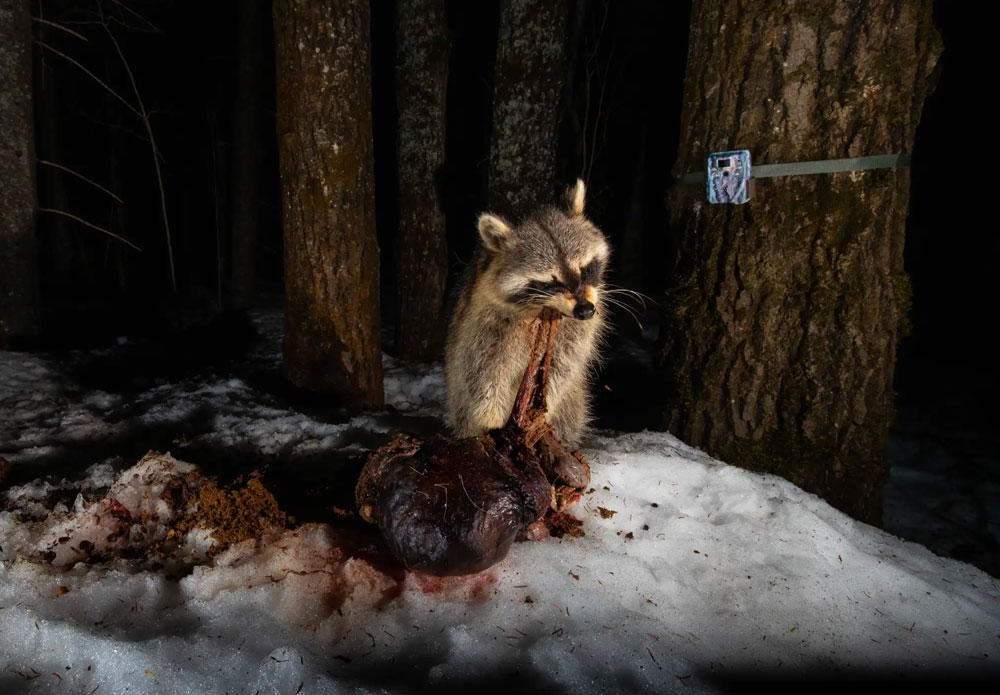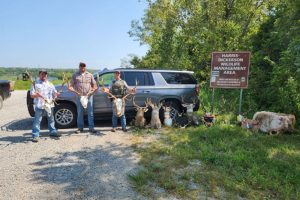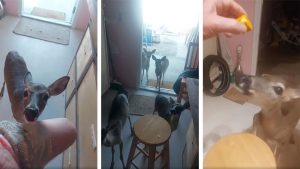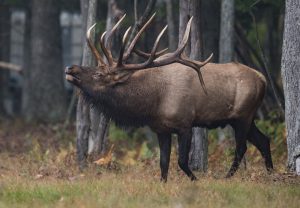Who Eats Your Guts? That’s the question researchers at the University of Minnesota are asking hunters statewide. In an effort to better understand the kind of wildlife that feeds on discarded entrails, the school has launched the Offal Wildlife Watching program.
offal [ aw-fuhl, of-uhl ], noun: the internal organs of a butchered animal
The research and citizen science project aims to work closely with hunters across Minnesota to get a better idea about the role that discarded deer guts play in the natural ecosystem.
“This is a great opportunity for deer hunters to contribute to wildlife science and management,” said Joseph Bump, professor of forest wildlife research and education at the University of Minnesota.
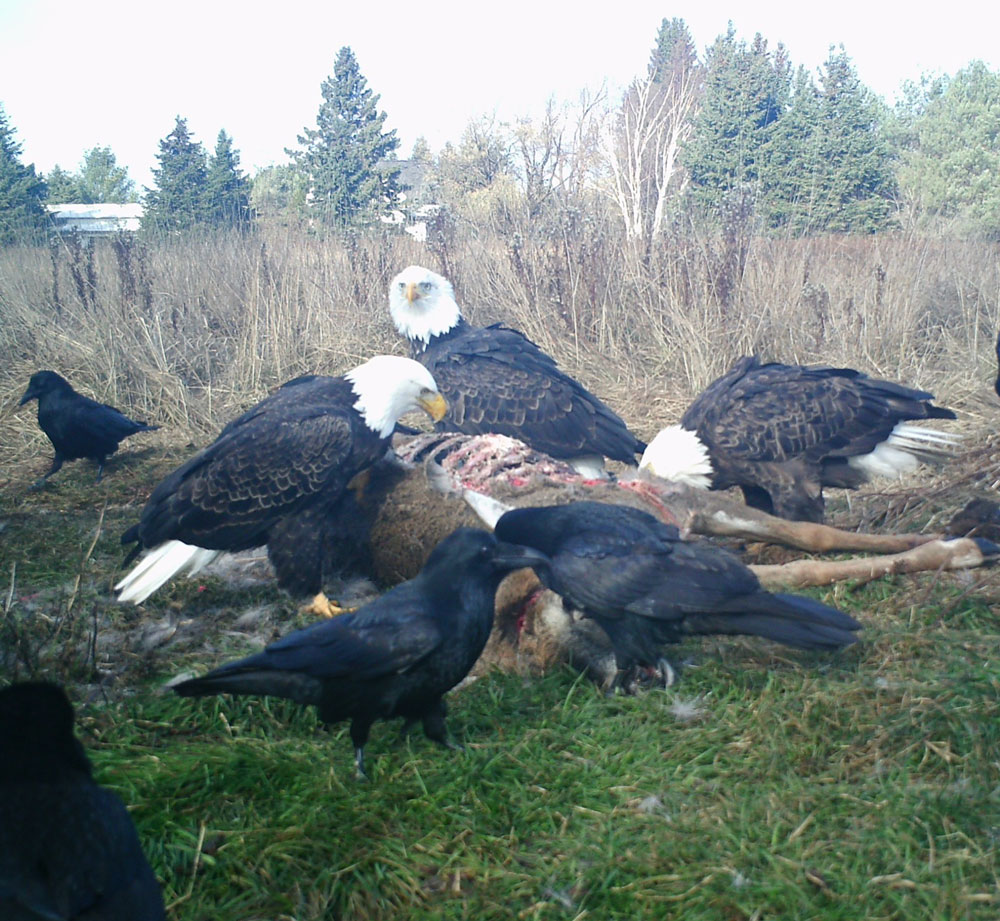
“Many hunters are already curious as to which animals eat their deer guts and they set up their own cameras.”
In a state that sees approximately 200,000 deer hit the ground each year, researchers estimate that there are millions of pounds of whitetail entrails ready to be recorded. Over the course of the five-year history of the program, hunters have already captured 230,000 images across 170 different gut piles.
Previously relying on hunters to utilize their own cameras, this is the first year that the program is able to lend out cameras to hunters interested in participating. After receiving funding through the Environment and Natural Resources Trust Fund, researchers went out and purchased a number of cameras they can now lend out.
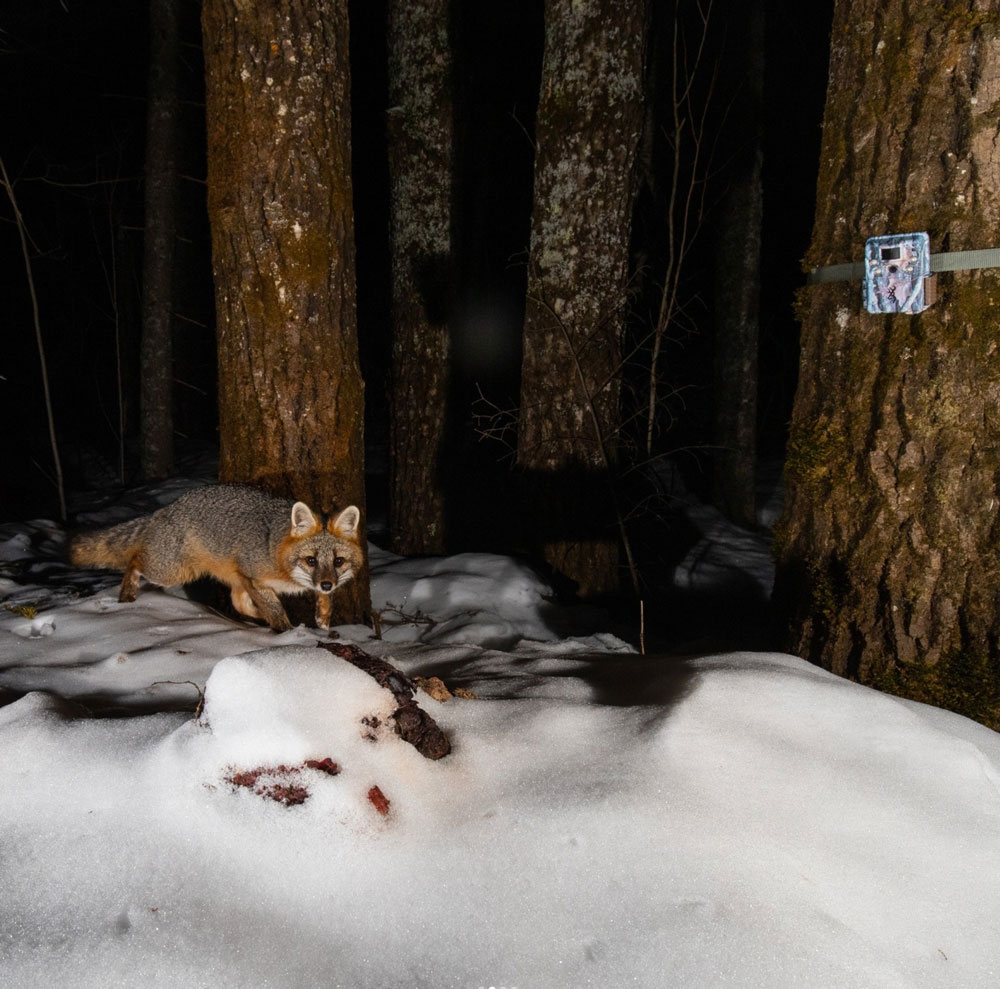
Researchers are also collaborating with the Minnesota Center for Prion Research and Outreach to monitor how scavenging might play a role in the spread of chronic wasting disease. So far more than 50 different species have been recorded at various entrail sites, with some visitors being more surprising than others.
While researchers have not been surprised to see the usual gut pile suspects include animals like bald eagles, ravens and bears. They have been treated to trail cam data that has also shown rare scavenging activity from animals such as cardinals, woodpeckers, rabbits and even other deer.
With hunting seasons in full swing, the program has a call out to Minnesota hunters to participate during this year’s seasons. Program officials ask that all cameras be left out for one month after field dressing their deer. Hunters can sign up on the Offal Wildlife Watching website.
Images: Offal Wildlife Watching Project

